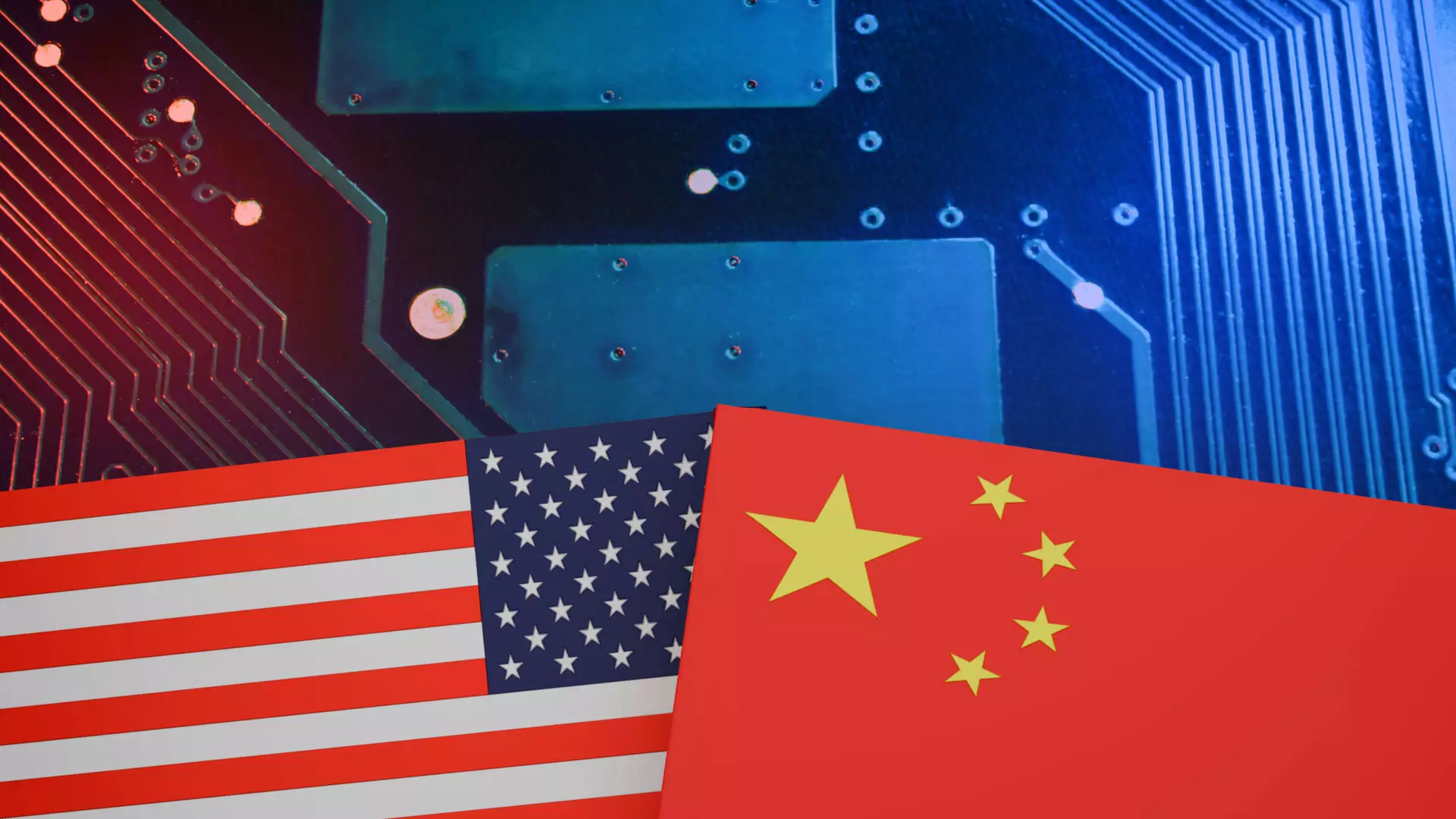China has recently implemented new guidelines that will have a significant impact on the use of U.S. processors in government computers and servers. These guidelines, which were unveiled on Dec. 26, aim to phase out chips from companies such as Intel and AMD in favor of Chinese alternatives. Additionally, the guidelines will also affect the use of Microsoft’s Windows operating system and foreign-made database software.
According to reports, government agencies at the township level have been instructed to purchase “safe and reliable” processors and operating systems, suggesting that Chinese products will be favored over their U.S. counterparts. This move signifies China’s efforts to reduce its reliance on foreign technology, particularly in the semiconductor industry.
Semiconductors play a crucial role in a wide range of devices, from smartphones to medical equipment, making them a key battleground in the ongoing technology war between the U.S. and China. The U.S. has imposed export restrictions to limit China’s access to semiconductor equipment and technologies, citing national security concerns.
Companies like AMD and Intel, which are major players in the semiconductor industry, are likely to face challenges as a result of China’s new guidelines. These companies have not yet commented on the reports, but it is clear that their access to the Chinese market will be significantly restricted.
In recent years, Chinese tech companies such as Huawei and SMIC have been targeted by U.S. sanctions aimed at limiting their access to advanced technology. SMIC, China’s largest chipmaker, has struggled to obtain essential equipment for the production of advanced chips due to restrictions imposed by the U.S.
Opportunities for Chinese Companies
The U.S.-led tech embargo has inadvertently led to an increase in revenues for China’s domestic chip equipment manufacturers. Top Chinese equipment makers have reported a 39% rise in revenue in the first half of 2023 compared to the previous year, indicating a shift towards domestic sources for critical technology.
Overall, China’s new guidelines regarding the use of U.S. processors in government systems highlight the country’s ambitions to develop its semiconductor industry and reduce its dependence on foreign nations. This development could have far-reaching implications for the global technology landscape and the future of U.S.-China relations in the tech sector.


Leave a Reply